GĐXH - The man was hospitalized with complete paralysis of the right side of his body, difficulty speaking, and was diagnosed with acute cerebral infarction due to left carotid artery occlusion.
According to information from Phu Tho Provincial General Hospital, recently doctors here received and treated a 31-year-old male patient from Yen Lap, Phu Tho who suffered a stroke due to cerebral infarction.
It is known that the patient had no history of chronic diseases, was hospitalized with symptoms of complete paralysis of the right side of the body, difficulty speaking, and was diagnosed with acute cerebral infarction due to left carotid artery occlusion.
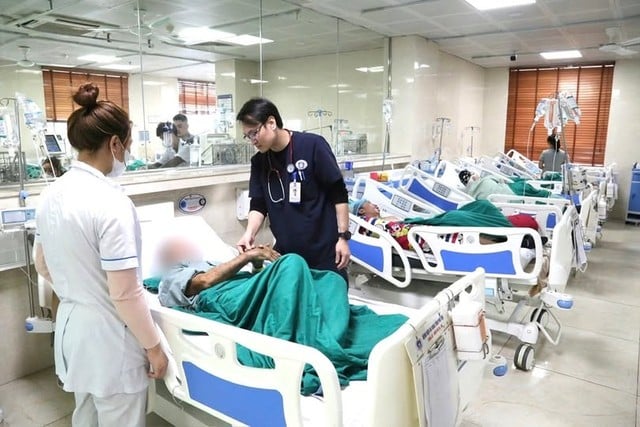
The number of severe and young stroke patients has been on the rise recently. Photo: BVCC
Immediately, the patient was examined by doctors at the Stroke Center and prescribed a digital subtraction angiogram and intervention to remove the blood clot. After about 20 minutes of intervention, the team removed 6 pieces of blood clot measuring 2x2 mm, the patient's brain blood vessels were completely reopened.
After 1 day of intervention, the patient was alert, had improved movement of the right arm and leg, continued to be monitored for rehabilitation treatment and screening for stroke risk factors, and had a strategy to monitor and treat stroke recurrence prevention.
MSc. Dr. Hoang Quoc Viet - Deputy Head of the Department of Emergency and Intensive Care for Neurology - Stroke, Stroke Center said: The number of severe and younger stroke patients has tended to increase recently, the rate of patients aged 18-45 years old that the Center received has doubled compared to previous years.
Risk factors that increase stroke in young people are related to immune and genetic diseases and especially due to the impact of lifestyle, including: Use of birth control pills, abuse of stimulants, alcohol, tobacco, overweight and obesity, lack of exercise, staying up late, stress in life and work, especially, many people think they are young and healthy so they do not have regular health check-ups, only when they have a stroke and are hospitalized do they discover they have underlying diseases such as blood pressure, cardiovascular disease, etc.
Doctors say that if a stroke patient does not receive emergency care within the "golden hour" (the first 4.5 hours after stroke symptoms appear), the chance of recovery is very difficult; many people have become disabled, losing the ability to care for themselves and losing the ability to work.
Source: https://giadinh.suckhoedoisong.vn/nguoi-dan-ong-31-tuoi-o-phu-tho-dang-khoe-manh-bat-ngo-liet-nua-nguoi-dot-quy-do-nhoi-mau-nao-172250213083204538.htm


![[Photo] Special class in Tra Linh](https://vphoto.vietnam.vn/thumb/1200x675/vietnam/resource/IMAGE/2025/11/14/1763078485441_ndo_br_lop-hoc-7-jpg.webp)

![[Photo] Deep sea sand deposits, ancient wooden ship An Bang faces the risk of being buried again](https://vphoto.vietnam.vn/thumb/1200x675/vietnam/resource/IMAGE/2025/11/13/1763033175715_ndo_br_thuyen-1-jpg.webp)



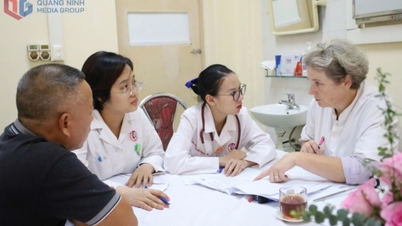

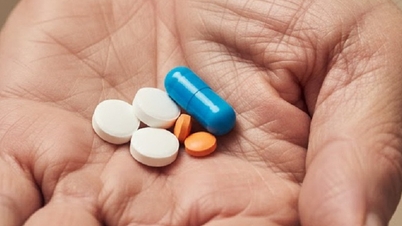








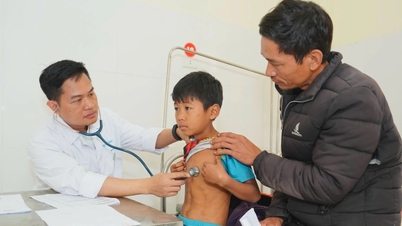






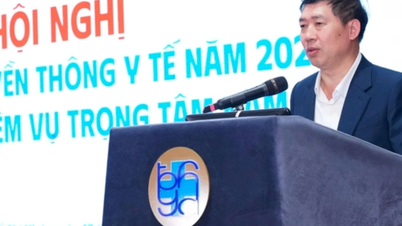






















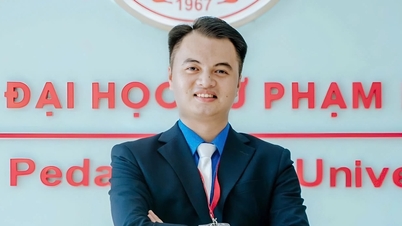

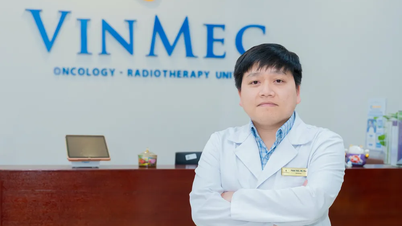



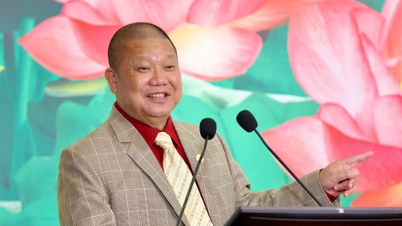





















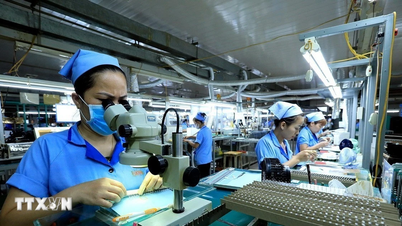




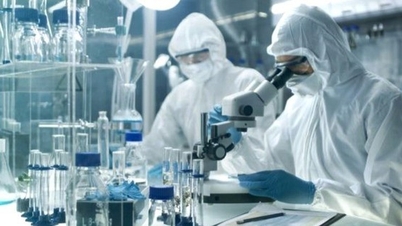



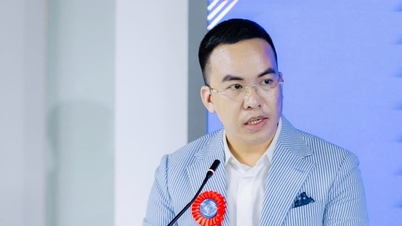

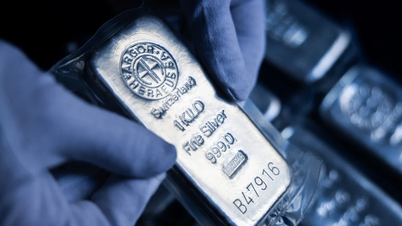

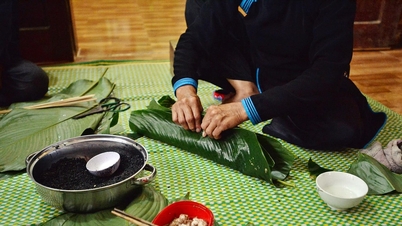

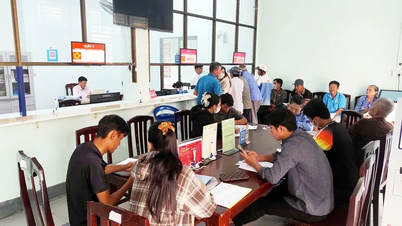





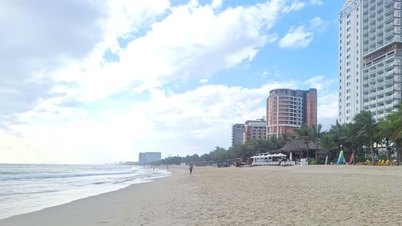






![Dong Nai OCOP transition: [Article 3] Linking tourism with OCOP product consumption](https://vphoto.vietnam.vn/thumb/402x226/vietnam/resource/IMAGE/2025/11/10/1762739199309_1324-2740-7_n-162543_981.jpeg)






Comment (0)